Hands on: Android 2.2 review
We test the Froyo Android update on the Nexus One, with Flash 10.1
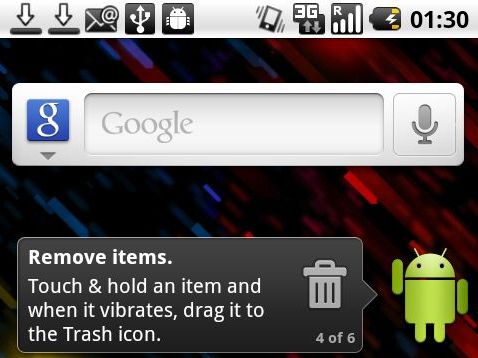
Install the Android 2.2 update on your device and you don't immediately see much difference, at least on the Nexus One, but there are some simple changes to the home screen.
There are shortcuts for the phone, app launcher and browser at the bottom of all the home screen panels and the main Home screen has a 'tips widget' for new users explaining what the launcher is, where the other panels are, how to add, move and delete shortcuts and widgets (and how to get rid of this very basic widget once you've mastered the Home screen).
This may be a sign that Google is hoping to reach more mainstream users who won't find managing icons on multiple panels immediately intuitive.
Android 2.2 features
The camera also gets a slightly new interface, with five on-screen buttons that you can tap to set geotagging, white balance, focus exposure and zoom (which is a little faster than having to tap the menu button to get options).
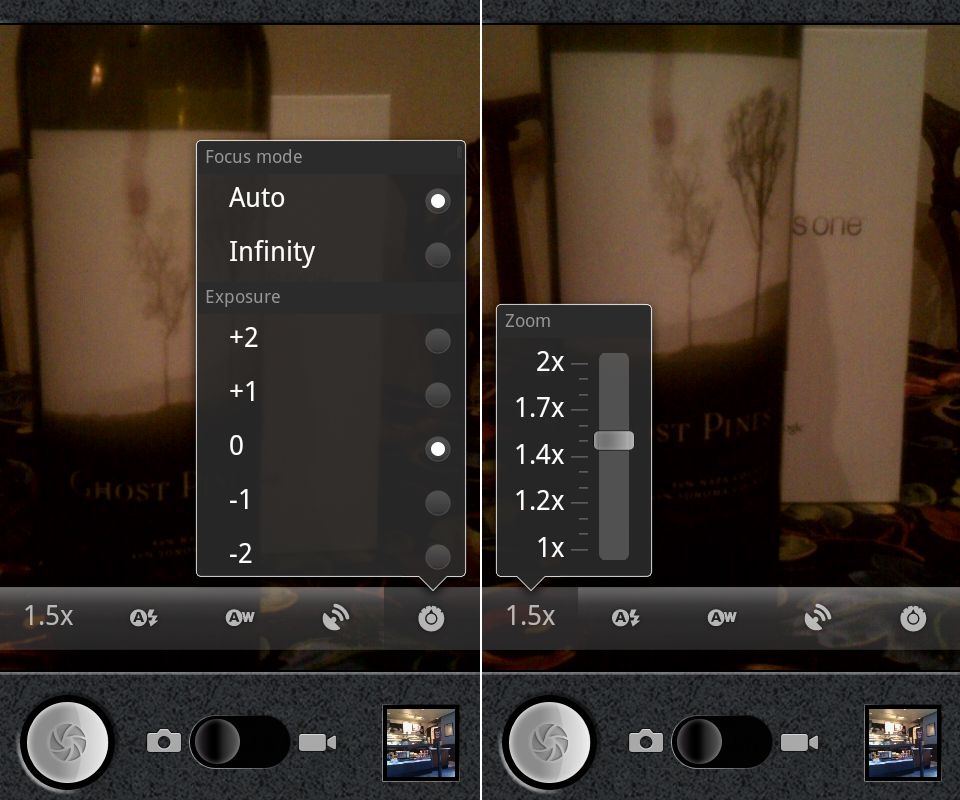
CAMERA CONTROLS: Putting the camera controls on screen makes them easier to find
Switch to camcorder and similar buttons let you colorise the video, turn the flash on, set the white balance or choose the video quality (there are settings for MMS and YouTube as well as standard high and low quality).
Get daily insight, inspiration and deals in your inbox
Sign up for breaking news, reviews, opinion, top tech deals, and more.
Being able to use flash with the camcorder is new, but except in very dark rooms we didn't find it made a great deal of difference to videos.
There's also a new option in the image Gallery; if you have photos arranged in stacks rather than as thumbnails you can drag out the contents of a stack to see what's in there using the pinch zoom gesture.
The photos line up along whatever orientation you drag your fingers but they snap back into a stack when you let go; it's a cute feature but not necessarily that useful.
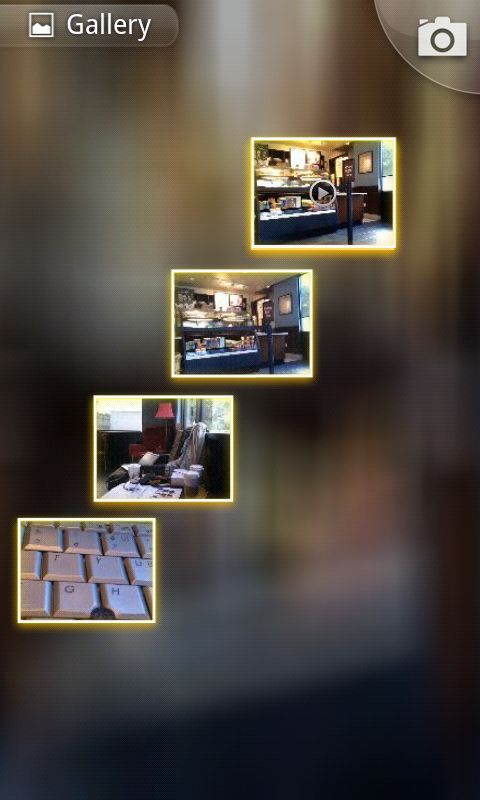
STACKED: Pinch to preview images in a stack; cute but not really practical
Android 2.2 performance
What's really new in Android 2.2 is the improved performance Google is claiming, for apps and for the browser.
Both of these now use just-in-time compilers. In the browser, what's specifically faster is JavaScript (although the general performance improvements in Java and the Dalvik virtual machine Android runs in should help as well). The other big new feature is the ability to install the Flash player (albeit a beta version).
We tested the release version of Android 2.2, with a pre-release version of Flash Player 10.1 on a Nexus One, on the US T-Mobile AT&T network, and over Wi-Fi, with a range of benchmarks.
Compared to Android 2.1 on an HTC Evo (which has the same Snapdragon processor and 512MB RAM), Android 2.2's performance advantage ranges from six times faster on the Linpak benchmark (which measures raw floating point performance) to two and a half times as fast at calculating Pi.
Android 2.2 delivers 28fps on the Neocore gaming benchmark (slightly better than 25fps for Android 2.1) but 2D performance in Fps2d is a blistering 60fps (compared to 29fps). You won't see those improvements in every app, but Android 2.2 is definitely faster.
Because every web site uses JavaScript differently, performance will differ from site to site and it's also going to depend on the speed of your connection and how many other people are using 3G at the same time - but raw JavaScript performance on the artificial Sunspider benchmark is over twice as fast in Android 2.2. Incidentally, the Acid 3 score for the Android browser stays at 93 out of 100.
Flash on Android
Flash is the way to get many of the HTML 5 features that Google is talking about building into the Android browser, today. Obviously that includes video. The quality you get depends on the way the video is encoded.
Looking at Flash sites optimised for mobile, the trailers on the Sony Pictures site are perfectly watchable and they stream without any interruption but they do look pixelated.
The mobile-optimised videos on the Warner Brothers and ExpixHD sites are higher quality and look more detailed, especially after the first few seconds of streaming. Full 720p video on the Yahoo Movies site looks great when it plays, but it's very bursty and pauses repeatedly.
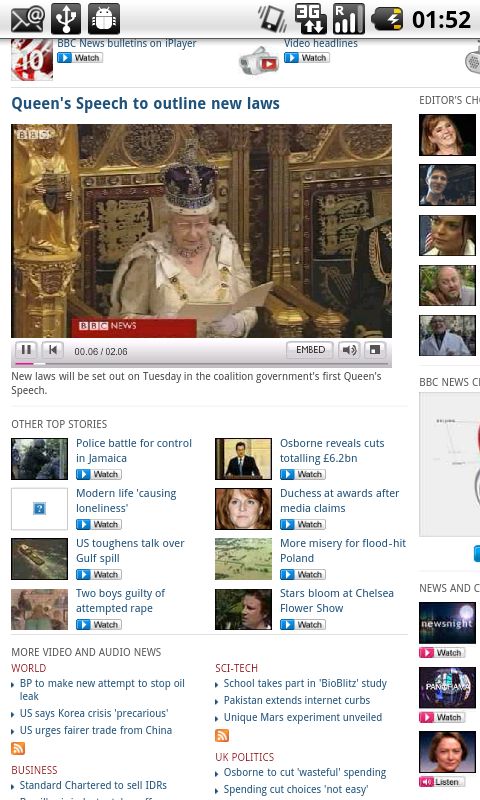
FLASH VIDEO: Watch BBC iPlayer and other embedded Flash videos on Android 2.2
BBC iPlayer, Sky Sports and the videos on the National Geographic site all play, but they do illustrate one problem with viewing desktop web sites on a mobile device; the on-screen controls are often too small to easily select on screen.
If you don't zoom in so that you can select the full screen button without hitting anything else, you're just as likely to navigate away from the video you're trying to watch; that's a problem with the size of the sensors on capacitive screens rather than with Flash, but it's irritating whatever the reason.
Casual Flash games like those on the Kongregate site are very playable (and this is one place where Flash 10.1 is far ahead of Flash Lite on devices like the HTC Evo; Flash Lite can load Flash games but you often can't actually play them).
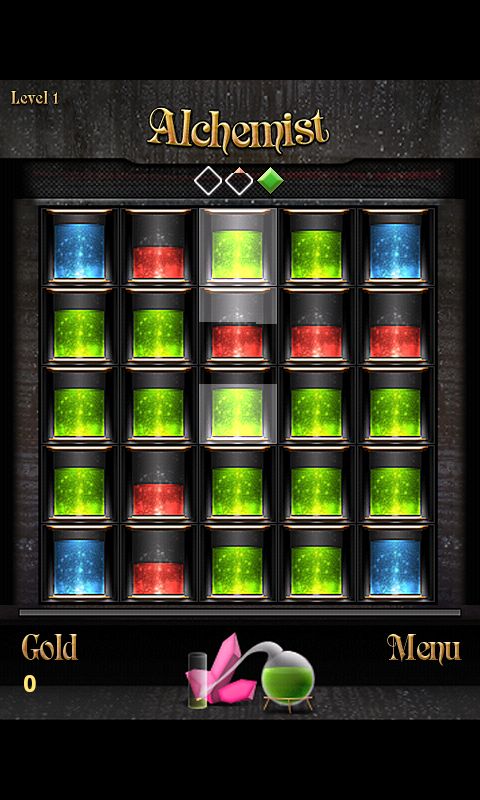
FLASH GAMES: You're going to be able to while away plenty of time playing Flash games from the web; we've got five high scores on Alchemist already
When you tap on a game it automatically runs full screen, and every game we tested played well (well enough to keep you playing for 10 or 20 minutes). For many games the touchscreen makes a good controller - better than pressing keys on a keyboard - but sometimes the game doesn't perfectly detect exactly where on screen you've actually touched.
In general, web sites that use Flash - like, say the TechRadar front screen - just work. We didn't notice sites slowing down because of Flash, but you are getting ads you might not otherwise have seen and you will be waiting for those to download.
With no apps running, Adobe says you'll be able to watch three hours of optimised streaming video over 3G or enjoy four hours of gaming; with various other apps running we found that an hour of video took the battery from almost charged to 25%, but after over an hour of casual gaming we were only down to 7%.
Future devices with hardware acceleration will use less power to play the same videos but for now, expect to notice the hit but not have your battery run flat in minutes.
Contrary to some reports, we didn't find that playing Flash games or video caused the Nexus One to heat up in your hand appreciably; we found it got warmer when charging than when running Flash.
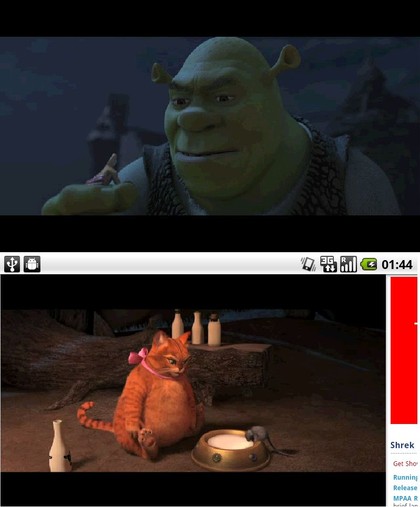
VIDEO COMPARISON: The first video (from Yahoo Movies) isn't optimised for mobile, but it's not high resolution; the second video is high resolution and looks great – but on a 3G it still starts and stops repeatedly
Mary (Twitter, Google+, website) started her career at Future Publishing, saw the AOL meltdown first hand the first time around when she ran the AOL UK computing channel, and she's been a freelance tech writer for over a decade. She's used every version of Windows and Office released, and every smartphone too, but she's still looking for the perfect tablet. Yes, she really does have USB earrings.